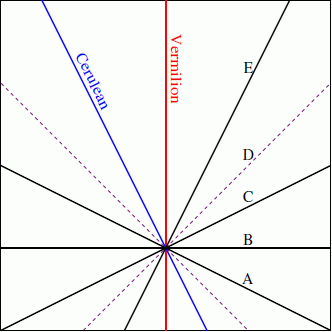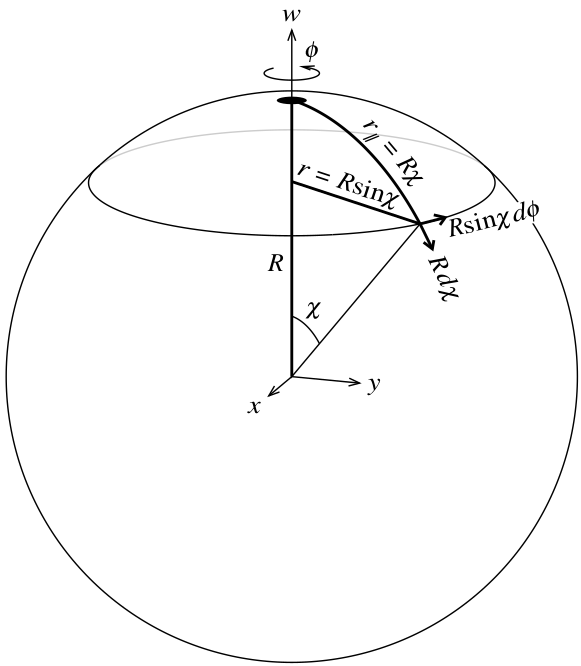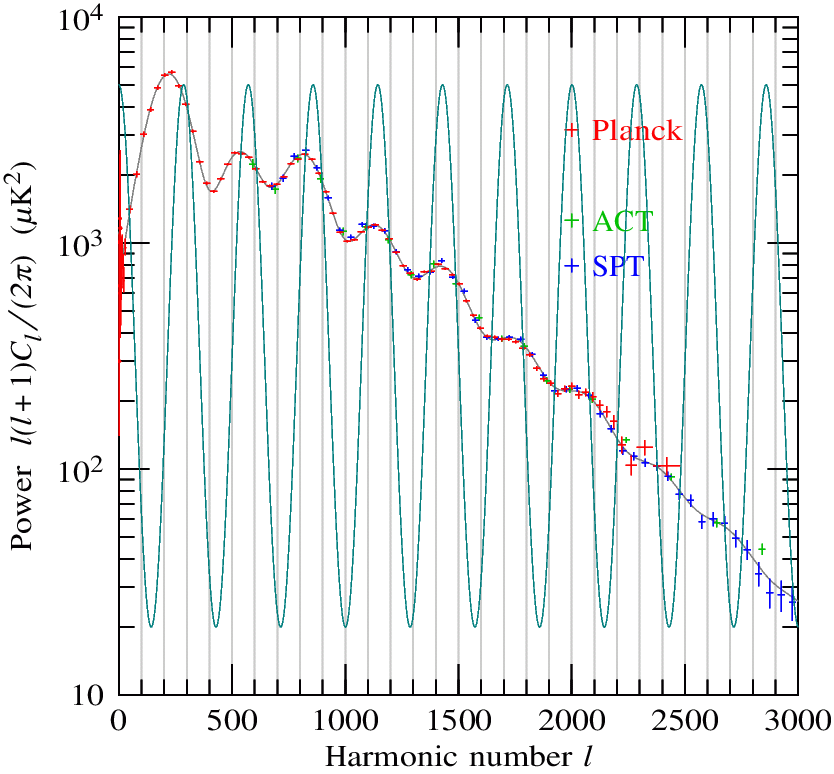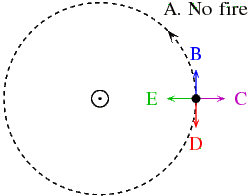| syllabus | timetable | projects | problems | clicker questions | texts | images |


| The Schwarzschild metric is \[ d s^2 = - ( 1 - r_s/r ) \, dt^2 + {dr^2 \over 1 - r_s/r} + r^2 ( d\theta^2 + \sin^2\!\theta \, d\phi^2 ) \] where \(r_s = 2 G M / c^2\) is the Schwarzschild radius, the horizon radius. |
| The Schwarzschild metric is \[ d s^2 = - ( 1 - r_s/r ) \, dt^2 + {dr^2 \over 1 - r_s/r} + r^2 ( d\theta^2 + \sin^2\!\theta \, d\phi^2 ) \] where \(r_s = 2 G M / c^2\) is the Schwarzschild radius, the horizon radius. |



| syllabus | timetable | projects | problems | clicker questions | texts | images |